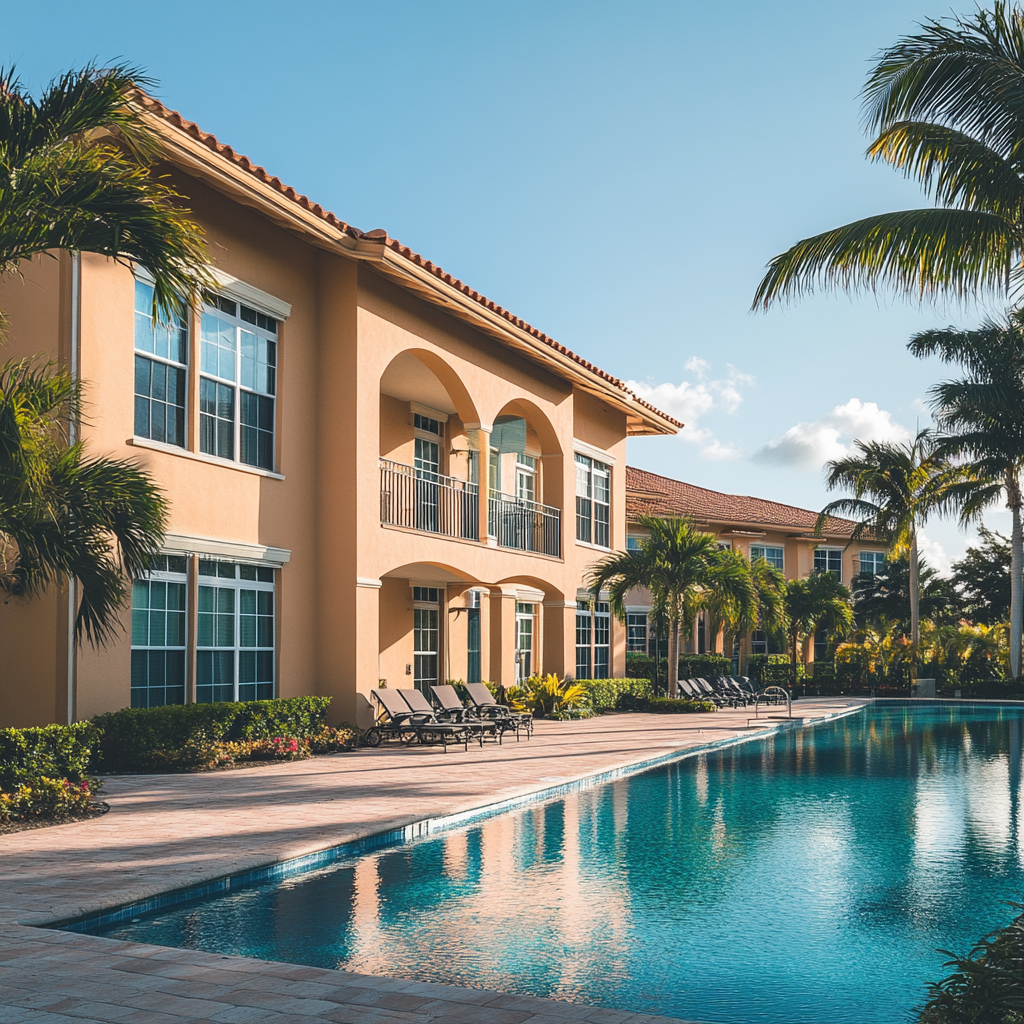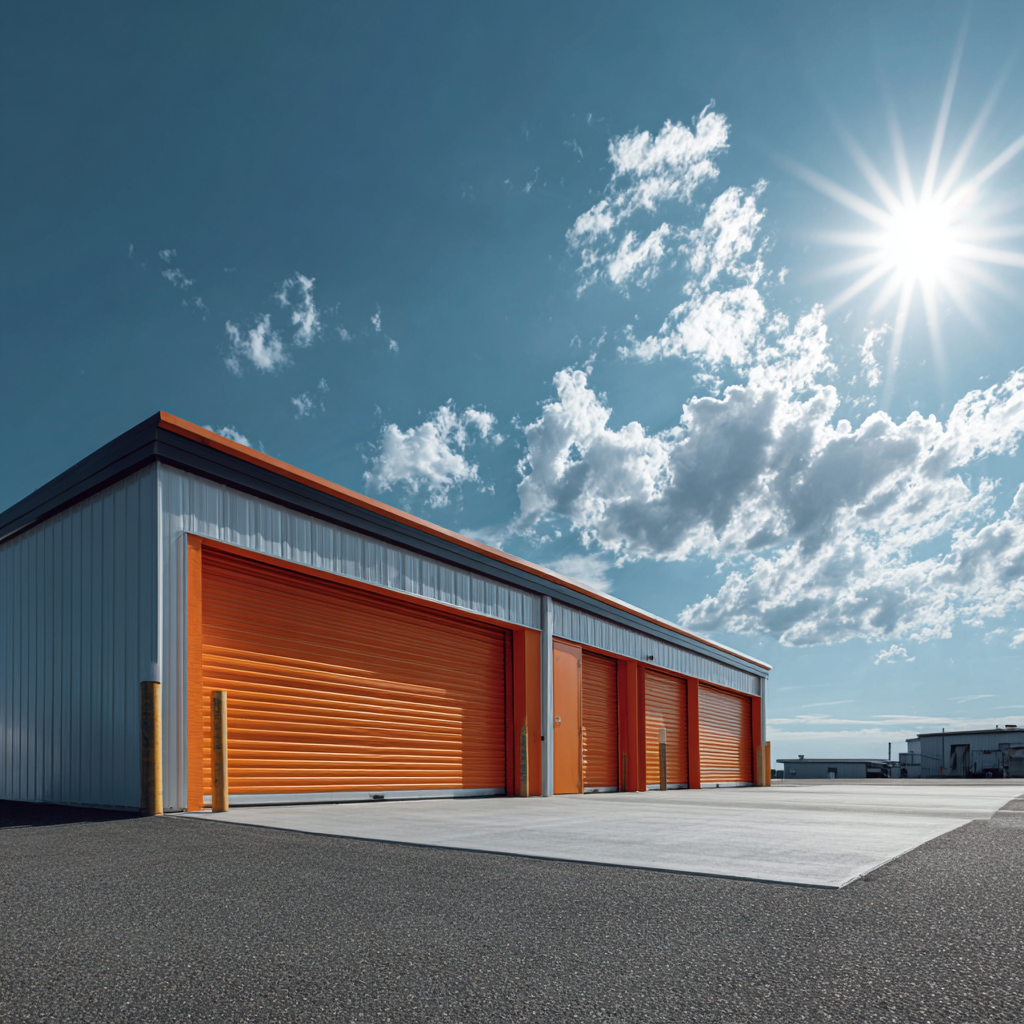What is an HO6 Insurance Policy?
HO6 Condo Insurance: A Deep Dive into What It Covers, What It Doesn’t, and How to Get the Most Out of It
If you own a condo, you likely have (or are required to have) something called an HO6 policy. But if you’re like most people, you may not fully understand what it covers, where it stops short, and how it actually functions when disaster strikes.
This isn’t a surface-level overview. This is a practical, real-world breakdown of how HO6 policies work, how they protect you, and how to avoid being blindsided by unexpected claim denials.
What Is an HO6 Policy Really Designed to Do?
An HO6 policy isn’t homeowners insurance in the traditional sense. It’s a specialized policy meant for condo unit owners who share walls, roofs, and hallways with their neighbors. Your condo association carries a master policy that typically covers the building’s structure and common areas, but that master policy stops at your drywall—maybe even earlier.
That’s where your HO6 policy comes in.
Key Coverage Areas in a Standard HO6 Policy:
Interior Structure (also called “Walls-In” coverage): Protection for drywall, flooring, countertops, light fixtures, and built-ins inside your unit.
Personal Property: Everything from your couch to your clothing. Think of it as your stuff, not the building.
Liability: If someone gets hurt in your condo and sues you, this is what pays for legal costs and damages.
Loss of Use (Additional Living Expenses): If a covered event renders your unit unlivable, this pays for a hotel, food, and other temporary living costs.
Loss Assessment: If the condo association gets hit with a large claim (like storm damage to the roof) and the master policy doesn’t fully cover it, your HO6 policy can help pay your share.
Real-World Claim Scenarios (And How HO6 Responds)
Let’s break it down with real examples to make it clearer:
Scenario 1: Water leak from the unit above.
Your ceiling and flooring are soaked. Your HO6 policy covers interior repairs and damaged personal belongings.
Scenario 2: A guest trips on your rug and breaks a wrist.
Liability coverage kicks in to cover medical bills or a potential lawsuit.
Scenario 3: A fire damages your kitchen.
Your policy covers cabinetry, appliances, and personal property, and may provide temporary living expenses.
Scenario 4: The HOA is hit with a $100,000 deductible after hurricane damage.
If the HOA passes that cost down to owners, your Loss Assessment coverage can help pay your share.
Why Most People Don’t Realize Their Coverage Gaps
Too many condo owners assume their HOA’s insurance covers everything. It doesn’t. And the line between what your HOA covers and what you’re responsible for isn’t always clearly explained.
Tip: Always get a copy of your condo association’s master policy and bylaws.
There are generally two types of master policies:
Bare Walls: Covers only the shell of the unit. You need more robust HO6 coverage.
All-In: Covers original fixtures, but not upgrades or personal property.
If you’ve remodeled your kitchen or replaced original floors, make sure your HO6 policy reflects that added value.
Where Claims Get Messy (and What to Do About It)
Insurance companies love the gray area between what’s covered by the HOA and what’s your responsibility. That’s where claims often get delayed, reduced, or outright denied.
Common problems include:
Lowballing personal property replacement value
Denying water damage due to maintenance issues
Disputes over whether damage is HOA or unit-owner responsibility
Partial denials that force you to pay for things like drywall repairs or paint
This is why documentation is everything. And when in doubt, a public adjuster can make all the difference.
How a Public Adjuster Protects Condo Owners
A public adjuster acts as your advocate. They understand policy language, claim procedures, and—most importantly—how to push back.
They help by:
Reviewing your HO6 policy to identify coverage strengths and gaps
Properly documenting damage (including what’s easy to overlook)
Estimating replacement costs based on current pricing
Negotiating with the insurer on your behalf
If you’re facing repairs, living expenses, or assessments and your insurer isn’t being responsive or fair, a public adjuster can be the key to turning your claim around.
Frequently Asked Questions
Is HO6 insurance legally required? No, but many mortgage lenders and condo associations require it. Even if they didn’t, it would be financially reckless to go without it.
What doesn’t an HO6 policy cover?
Flood and earthquake damage (you need separate coverage)
Termite damage or long-term wear and tear
The building structure beyond your unit, unless it’s part of a loss assessment
How much coverage do I need? It depends on the cost to rebuild your unit’s interior and the value of your personal belongings. If you’ve done any remodeling, make sure your limits reflect those upgrades.
Final Takeaway: HO6 Is More Than Just a Policy—It’s Your Financial Safety Net
Your HOA’s master insurance doesn’t protect your unit the way you might think. And your personal condo insurance only works if you understand what it does—and doesn’t—cover.
When a claim arises, you don’t just want to be insured. You want to be prepared.
If you’re filing a claim or reviewing your policy and not sure if you’re protected, it might be time to speak with a public adjuster. They bring clarity, strategy, and negotiation strength to the table when you need it most.
Got questions about your HO6 policy or a condo insurance claim? Contact Shoreline Public Adjusters for a free consultation.
Shoreline Public Adjusters, LLC
780 Fifth Avenue South
Suite #200
Naples, FL 34102Email: hello@teamshoreline.com
Phone: 954-546-1899
Fax: 239-778-9889





